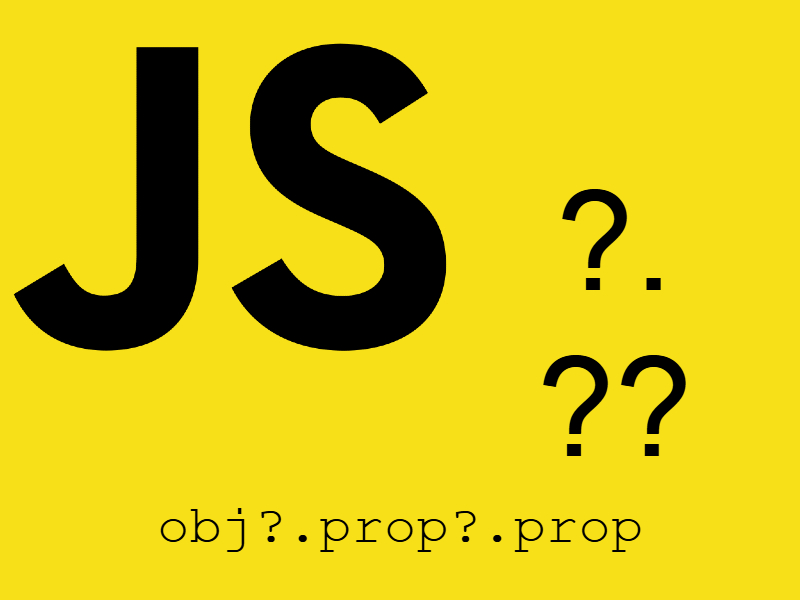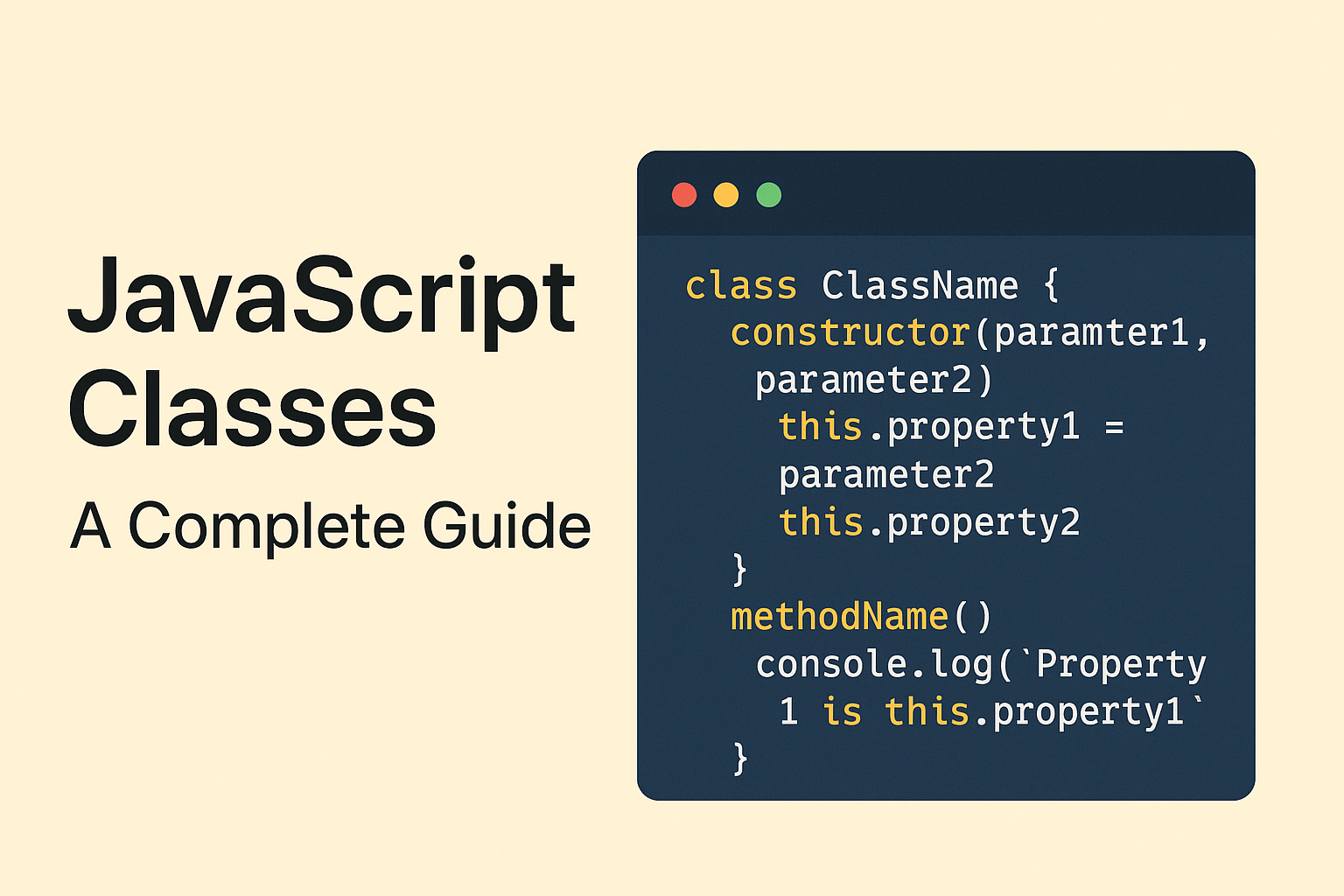
The JavaScript delete operator removes a property from an object; if no more references to the same property are held, it is eventually released automatically.
When using the delete operator on arrays take caution as delete will delete the specified item but the array length not get affected.
Let’s take an example
var Employee = {
firstname: "Jon",
lastname: "Doe"
}
console.log(Employee.firstname);
// expected output: "Jon"
delete Employee.firstname;
console.log(Employee.firstname);
// expected output: undefined
In the code above we defined an object with two items and then displayed the “firstname” property in the console. Next i delete the “firstname” property as shown above after that when displaying the property again it shows “undefined”.
delete operator will return true for all cases except when the property is an own non-configurable property, in which case, false is returned in non-strict mode.
delete operator Exceptions
The delete operator removes a given property from an object. On successful deletion, it will return true, else false will be returned. However, it is important to consider the following scenarios:
- If the property which you are trying to delete does not exist,
deletewill not have any effect and will returntrue - If a property with the same name exists on the object’s prototype chain, then, after deletion, the object will use the property from the prototype chain (in other words,
deleteonly has an effect on own properties). - Any property declared with
varcannot be deleted from the global scope or from a function’s scope. - Any property declared with
letorconstcannot be deleted from the scope within which they were defined. - Non-configurable properties cannot be removed. This includes properties of built-in objects like
Math,Array,Objectand properties that are created as non-configurable with methods likeObject.defineProperty().
The following snippet gives a simple example:
var Employee = {
age: 28,
name: 'abc',
designation: 'developer'
}
console.log(delete Employee.name); // returns true
console.log(delete Employee.age); // returns true
// When trying to delete a property that does
// not exist, true is returned
console.log(delete Employee.salary); // returns true
Non-configurable properties
When a property is marked as non-configurable, delete won’t have any effect, and will return false. In strict mode this will raise a SyntaxError.
var Employee = {};
Object.defineProperty(Employee, 'name', {configurable: false});
console.log(delete Employee.name); // returns false
var, let and const create non-configurable properties that cannot be deleted with the delete operator:
var nameOther = 'XYZ'; delete nameOther; // return false
// creates the property adminName on the global scope
adminName = 'xyz';
// creates the property empCount on the global scope
// Since we are using var, this is marked as non-configurable. The same is true of let and const.
var empCount = 43;
EmployeeDetails = {
name: 'xyz',
age: 5,
designation: 'Developer'
};
// adminName is a property of the global scope.
// It can be deleted since it is created without var.
// Therefore, it is configurable.
delete adminName; // returns true
// On the contrary, empCount is not configurable,
// since var was used.
delete empCount; // returns false
// delete can be used to remove properties from objects
delete EmployeeDetails.name; // returns true
// Even when the property does not exists, it returns "true"
delete EmployeeDetails.salary; // returns true
// delete does not affect built-in static properties
delete Math.PI; // returns false
// EmployeeDetails is a property of the global scope.
// Since it defined without "var", it is marked configurable
delete EmployeeDetails; // returns true
function f() {
var z = 44;
// delete doesn't affect local variable names
delete z; // returns false
}



